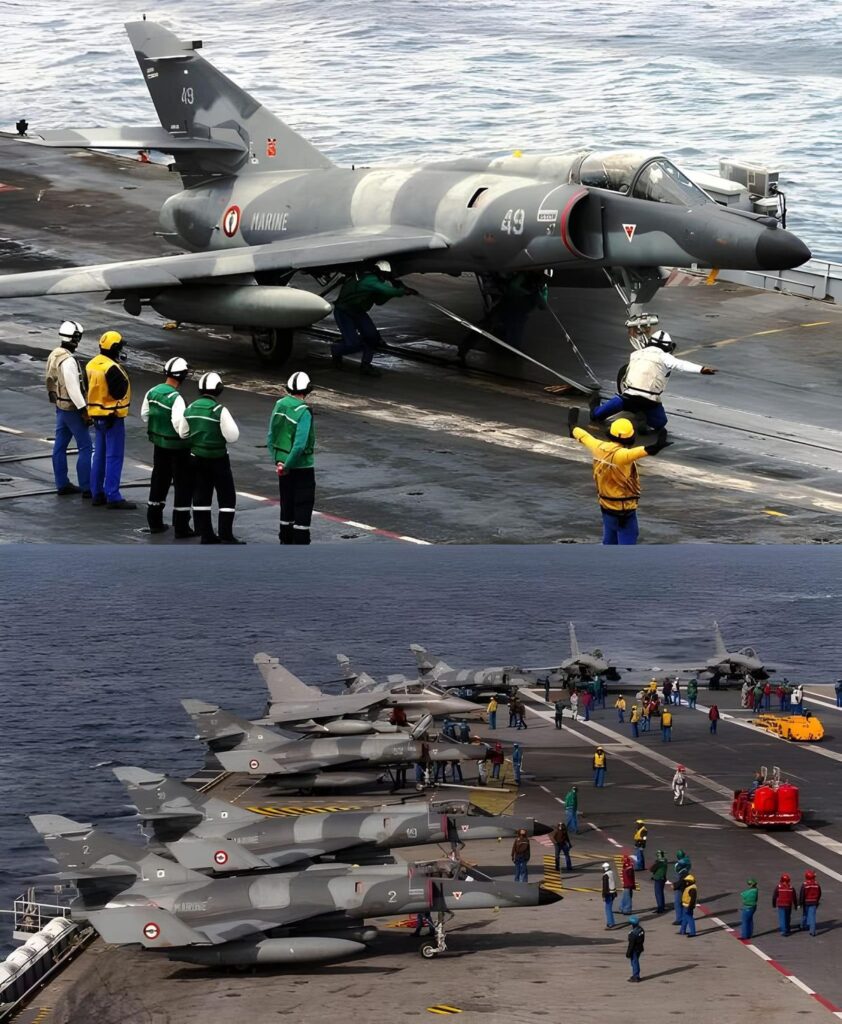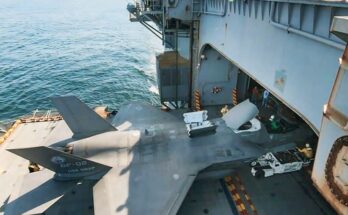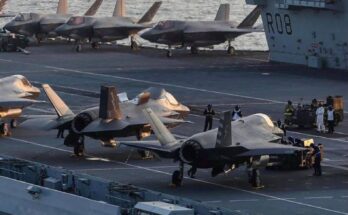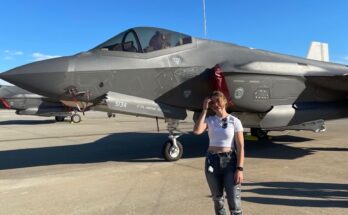
The Dassault-Breguet Super Étendard was a French carrier-based strike fighter that became one of the most recognizable naval aircraft of the late 20th century. Designed and built by Dassault Aviation, it served with the French Navy from the late 1970s until 2016, with smaller numbers also exported to Argentina and Iraq. Known for its compact design, reliability, and combat record, the Super Étendard was a natural evolution of the earlier Étendard IV, offering improved avionics, weapons compatibility, and overall performance for modern naval operations.
Development of the Super Étendard began in the late 1960s when France sought a replacement for its aging Étendard IV fleet. Dassault proposed an upgraded version that would retain the proven airframe but integrate more powerful systems. The result was the Super Étendard, which first flew in 1974. The French Navy ordered 71 units, and the aircraft became operational in 1978 aboard France’s aircraft carriers Clemenceau and Foch.
At the heart of the Super Étendard was the SNECMA Atar 8K-50 turbojet, providing reliable thrust and allowing the aircraft to reach speeds of around Mach 1.3. Although not a high-speed interceptor, the Super Étendard was designed primarily for strike missions, carrying a wide range of weapons including laser-guided bombs, conventional munitions, and Exocet anti-ship missiles. Its avionics suite included modern radar and navigation systems that enhanced precision, making it well-suited for maritime strike roles.
The Super Étendard first drew global attention during the Falklands War in 1982. Argentina had purchased five of the aircraft along with Exocet missiles. Operating from the mainland, Argentine pilots used the combination to devastating effect against the British task force, sinking HMS Sheffield and the merchant vessel Atlantic Conveyor. These events highlighted the lethality of the aircraft-missile pairing and cemented the Super Étendard’s place in modern naval aviation history.
In addition to Argentina, Iraq briefly operated Super Étendards during the Iran-Iraq War in the 1980s, leasing several from France. They were employed in maritime strike missions, particularly against Iranian shipping in the Persian Gulf, again showcasing the aircraft’s effectiveness in naval warfare.
For the French Navy, the Super Étendard proved its worth over decades of service. It participated in numerous conflicts, from the Gulf War in 1991 to NATO operations in the Balkans and later missions over Afghanistan and Libya. In these campaigns, the aircraft demonstrated its flexibility, operating from French carriers and delivering both precision-guided and conventional strikes.
By the 2000s, the fleet was upgraded to the Super Étendard Modernisé (SEM) standard, featuring advanced avionics, improved targeting pods, and expanded weapons options. These upgrades extended the aircraft’s service life and kept it relevant in modern conflicts. However, by 2016 the Super Étendard was retired from French service, replaced by the more advanced Dassault Rafale M. Argentina, however, continues to operate a handful of Super Étendards, though maintenance challenges limit their availability.
Compact, dependable, and combat-proven, the Super Étendard left a lasting legacy in naval aviation. Though modest compared to larger fighters, its effectiveness in real-world conflicts ensured its place as a respected and historic aircraft.


